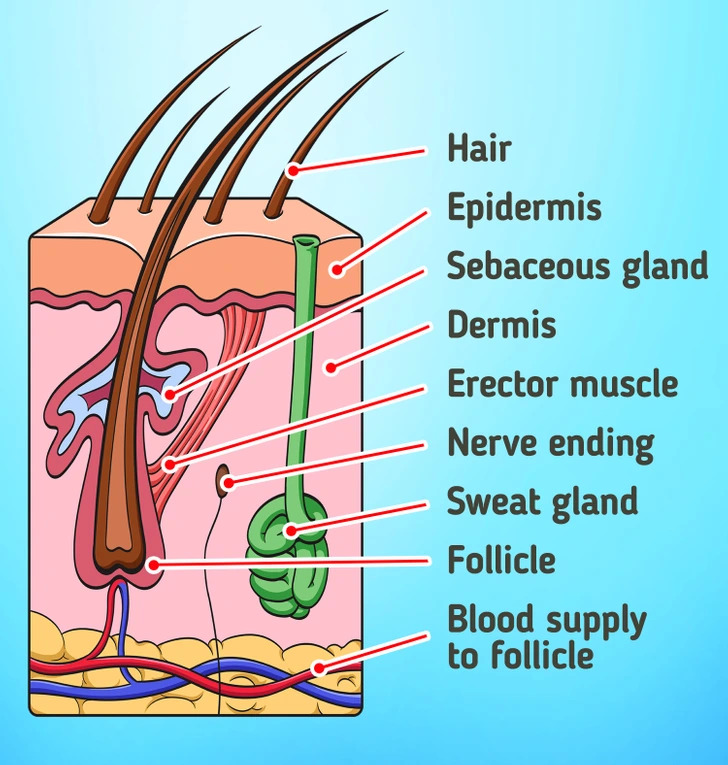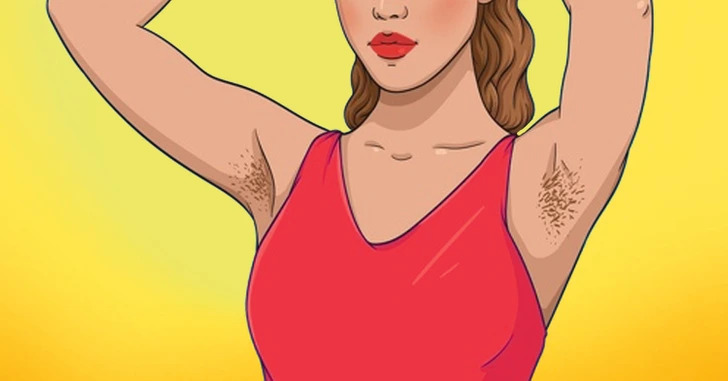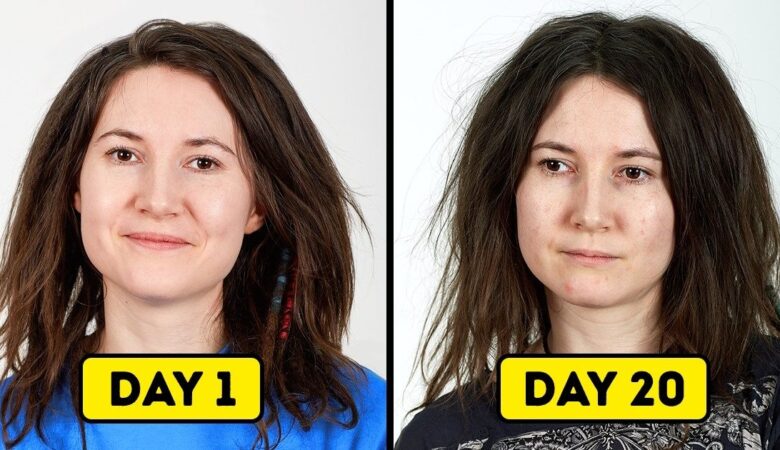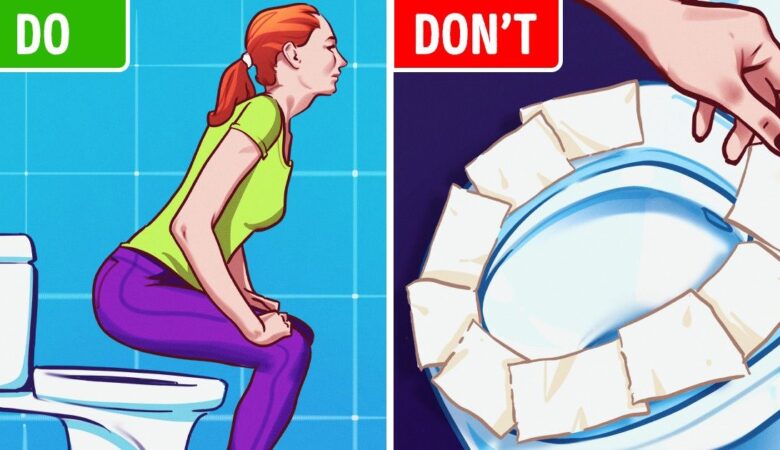Body hair removal has long been a topic of both personal preference and cultural debate. Whether driven by beauty standards, hygiene concerns, or simply personal comfort, the decision to remove body hair is complex and multifaceted. In today’s digital era, where search trends and ad revenues push topics into the spotlight, understanding the benefits, risks, and various methods of hair removal has never been more important.
As the conversation around body grooming continues to evolve, this article aims to provide balanced insights and actionable advice. Whether you’re considering a complete hair removal routine or simply curious about the best methods for achieving a smooth look, our guide is designed to help you make an informed decision.
The Evolution of Body Hair Removal Practices

Historically, body hair removal has been practiced in many cultures for various reasons. Ancient civilizations like the Egyptians and Greeks viewed hair removal as a symbol of purity and status. Over time, techniques evolved from simple shaving with sharp tools to more advanced methods such as waxing, sugaring, and, more recently, laser hair removal.
Modern technologies have revolutionized the way we approach hair removal. With the advent of high-precision laser treatments and advanced depilatory creams, consumers today have a vast array of options.
For a deeper historical perspective, you can refer to History.com which offers insights into the cultural significance of body hair removal through the ages.
Benefits of Removing Body Hair: Beauty, Hygiene, and Confidence
The benefits of removing body hair extend far beyond mere aesthetics. Many people choose hair removal as part of a broader lifestyle aimed at enhancing personal hygiene and boosting self-confidence. Here are some of the key benefits:
- Improved Skin Appearance: Removing unwanted hair can lead to smoother skin, reducing the risk of ingrown hairs and blemishes. Many individuals find that consistent hair removal enhances the overall texture and tone of their skin.
- Enhanced Hygiene: Body hair can trap sweat and bacteria, potentially leading to skin irritations or odor issues. Regular hair removal may help maintain a fresher, cleaner feeling throughout the day.
- Boosted Confidence: A significant number of studies and surveys suggest that feeling comfortable with one’s body appearance can greatly improve self-esteem. Whether for professional or personal reasons, many opt for hair removal to feel more confident in their skin.
- Practicality for Athletes: For athletes, particularly swimmers and cyclists, hair removal can reduce friction and even aid in muscle recovery by simplifying the application of therapeutic creams or massages.
For additional insights into the dermatological benefits of hair removal, Healthline offers detailed articles that explore skin health and grooming practices.

Understanding the Risks and Side Effects of Hair Removal Methods
No beauty regimen is without its risks, and hair removal is no exception. Each method comes with its own set of potential side effects that are important to consider before making a decision:
- Skin Irritation and Allergic Reactions: Shaving, waxing, and even some depilatory creams can cause irritation, redness, or allergic reactions in sensitive individuals. It’s essential to perform a patch test before using new products.
- Ingrown Hairs: Techniques like shaving and waxing can sometimes lead to ingrown hairs, which may cause discomfort or even infection. Regular exfoliation can help mitigate this issue.
- Burns or Scarring: Laser hair removal, although popular for its long-term results, requires professional handling. Improper use or unlicensed technicians can result in burns or scarring.
- Cost Implications: While some methods are relatively inexpensive, others—especially laser treatments—can be costly.
For medically reviewed information on the risks and side effects associated with different hair removal methods, check out resources from the Mayo Clinic.

Popular Hair Removal Techniques: Shaving, Waxing, Laser Hair Removal, and More
There is a wide array of hair removal techniques available, each with its own advantages and disadvantages. Here, we break down the most common methods:
- Shaving: Perhaps the most accessible method, shaving provides immediate results. However, it requires regular upkeep and can lead to nicks and cuts if not done carefully.
- Waxing and Sugaring: These techniques remove hair from the root, offering longer-lasting results than shaving. They can be painful and sometimes result in irritation or ingrown hairs.
- Depilatory Creams: Formulated to dissolve hair at the skin’s surface, these creams are easy to use but may cause allergic reactions in some users.
- Laser Hair Removal: A more permanent solution, laser hair removal uses concentrated light beams to target and destroy hair follicles. Although effective, it often requires multiple sessions and a significant financial investment.
- Electrolysis: As one of the few FDA-approved methods for permanent hair removal, electrolysis involves inserting a fine needle into each hair follicle. This method is time-consuming but effective for small areas.
Each method has its specific use cases, and choosing the right one depends on factors such as skin type, pain tolerance, budget, and desired longevity of results. Articles on platforms like WebMD provide detailed comparisons and advice on selecting the best method for your needs.
Laser Hair Removal: The Future of Permanent Hair Removal
Laser hair removal has gained immense popularity in recent years as a more permanent solution compared to traditional methods. This technique uses laser energy to damage hair follicles, significantly reducing hair growth over time.
Advantages of Laser Hair Removal:
- Long-Term Results: With a series of treatments, many patients experience a significant reduction in hair growth, making this a cost-effective option over time.
- Precision and Speed: Modern laser systems can target multiple hairs simultaneously, making treatments relatively quick and efficient.
- Less Pain Over Time: While initial sessions might be slightly uncomfortable, many patients report minimal discomfort as the skin adapts to the treatment.
It’s important to note that laser hair removal is not suitable for everyone. Skin tone, hair color, and certain medical conditions can influence the effectiveness of the treatment. Consulting with a licensed dermatologist is recommended to ensure the procedure is safe and effective for your particular needs. For more detailed information on laser hair removal, The American Society for Dermatologic Surgery provides valuable insights.
Cost Considerations: How Much Does Hair Removal Really Cost?
When considering hair removal, one of the most significant factors is cost. Prices can vary widely based on the method chosen, the area being treated, and the number of sessions required. Here are some general cost considerations:
- Shaving and Depilatory Creams: These are relatively inexpensive methods, with costs ranging from a few dollars for razors to moderately priced creams.
- Waxing: Waxing can cost more than shaving due to the higher price per session and the need for professional services if done at a salon.
- Laser Hair Removal: This method is generally the most expensive upfront. However, many find that the long-term benefits and reduction in hair growth justify the initial investment. It’s not uncommon for clinics to offer packages that reduce the per-session cost when multiple treatments are booked.
- Electrolysis: Due to its precision and time-intensive nature, electrolysis tends to be costlier than other methods, particularly for large areas.
When evaluating these costs, consider both the short-term expenses and the long-term benefits. For instance, while laser hair removal might seem expensive initially, its permanent results can offer significant savings over time compared to recurring costs for shaving or waxing. Detailed cost analyses and consumer reviews can be found on reputable sites like Consumer Reports.
Expert Opinions and Medical Perspectives on Hair Removal
Medical professionals and industry experts offer varied perspectives on the necessity and safety of hair removal. Dermatologists often emphasize the importance of choosing a method that suits your skin type and minimizes adverse reactions. Key points from expert opinions include:
- Skin Health: Excessive hair removal, particularly methods that irritate the skin, can lead to long-term damage. Experts recommend moderation and proper aftercare.
- Hygiene vs. Aesthetics: While some argue that hair removal is essential for maintaining hygiene, others suggest that natural hair can have protective benefits. This debate highlights the need for personalized care based on individual skin sensitivities and lifestyle.
- Technological Advancements: Innovations like laser hair removal are celebrated for their precision and efficiency, though they must be administered by trained professionals to avoid complications.
- Cultural and Psychological Impact: Beyond physical benefits, many experts acknowledge the psychological boost that comes from feeling groomed and confident.
For a balanced view on these issues, Harvard Health Publishing offers a range of articles that examine both the medical and psychological aspects of hair removal.
Balancing Personal Preference and Societal Norms
The decision to remove body hair is deeply personal and can be influenced by societal expectations, cultural norms, and individual comfort. While mainstream media often promotes hairless skin as the ideal, many are now embracing natural body hair as a form of self-expression and rebellion against conventional beauty standards.
Factors to consider when making your choice include:
- Personal Comfort: Ultimately, the decision should align with what makes you feel comfortable and confident in your own skin.
- Cultural Influences: Different cultures have varied views on body hair, and what may be considered attractive in one community might not be in another.
- Lifestyle Needs: For athletes or professionals in certain industries, hair removal might be more practical. Conversely, some may opt to retain their natural hair due to the convenience or for personal beliefs.
- Environmental and Ethical Considerations: With the rise of eco-conscious beauty trends, some consumers are seeking methods that minimize chemical use and waste. Natural or organic hair removal products are gaining popularity as a result.
In a world where opinions on beauty are becoming increasingly diverse, it is crucial to balance external pressures with your own preferences. For additional perspectives on how cultural trends influence personal grooming habits, BBC Future provides insightful commentary and research.
Conclusion: Making an Informed Choice About Hair Removal
Deciding whether or not to remove body hair is a personal journey influenced by a mix of aesthetic, cultural, and practical factors. This guide has outlined the history, benefits, risks, and various methods available—from traditional shaving and waxing to modern laser treatments and electrolysis. By understanding the pros and cons of each technique, considering cost implications, and weighing expert advice, you can make a decision that best suits your lifestyle and personal comfort.
Ultimately, the most important factor is to choose a method that enhances your well-being without compromising your skin’s health. Whether you opt for the convenience of shaving, the lasting results of laser hair removal, or the traditional approach of waxing, the goal is to feel confident and comfortable in your own skin.
As trends continue to evolve and new technologies emerge, staying informed through reputable sources is key. Always consult with a medical professional or a certified specialist before embarking on any extensive hair removal regimen. For further reading and ongoing updates on body hair removal trends and techniques, revisit trusted sources such as Healthline, Mayo Clinic, and WebMD.
In summary, whether you decide to remove body hair or embrace it, this guide is here to support you in making an informed, confident choice. Embrace the journey to a healthier, happier you—on your own terms.









Leave a Reply